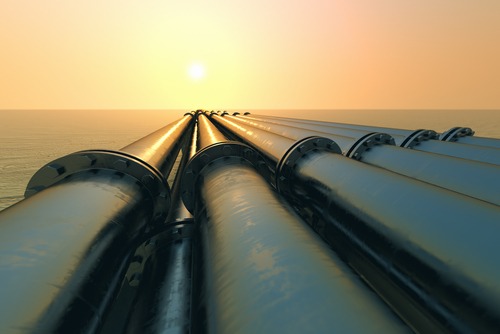EIA projects higher natural gas prices, with little emissions benefit if no new U.S. natural gas pipeline capacity built by 2050

A new case study included in the U.S. Energy Information Administration’s (EIA) Annual Energy Outlook 2022 concluded that without additional natural gas pipeline capacity, prices will rise, generation will decline, and other sources, both renewable and not, will become more utilized by the electric power sector.
While this could mean an opportunity for cleaner power, such as solar and wind, it would also likely mean greater use of dirtier sources, such as coal. Specifically, the No Interstate Natural Gas Pipeline Builds case focused on the years between 2024 and 2050 and, in that regard, determined that halting additional natural gas pipelines would result in 5 percent less natural gas production and 4 percent less natural gas consumption compared to a reference case. Worse for consumers: the natural gas price would likely hit 11 percent higher.
This would be owed to 7.4 billion cubic feet per day (Bcf/d) less interregional capacity predicted for 2050 if there were to be no increases in capacity.
Primarily, this would impact the electric power sector in the United States rather than the residential, commercial, and industrial sectors. Some 11 percent less natural gas-fired generation would likely result, as natural gas becomes less economical for generation use, compared to other sources. The problem would thus compound, leading to natural gas’s share of U.S. electricity generation falling 3 percent compared to the reference case for 2050.
Nor would supposed benefits balance this out. The EIA assessed that restricting interstate natural gas pipeline capacity would lower energy-related CO2 emissions by 4 percent. This would be because, with natural gas’s fall and coal’s rise, much of the green gains would be offset since coal is a more carbon-intensive generation source.
